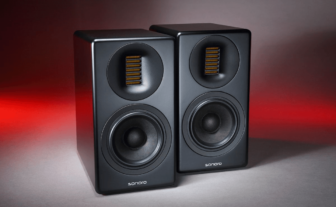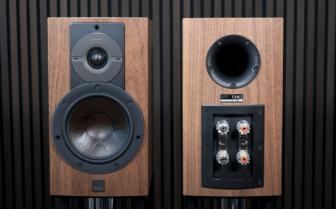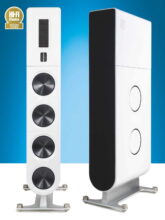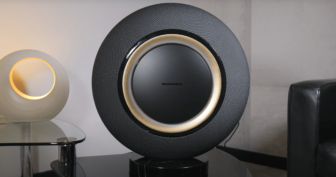PMC ci140 Review
PMC, presented here as a company and brand, is entering the professional custom installation scene. They aim to bring their own technologies and strengths uncompromisingly onto and into walls. 7Review secured the current flagship model, the PMC ci140.
by Tom Frantzen
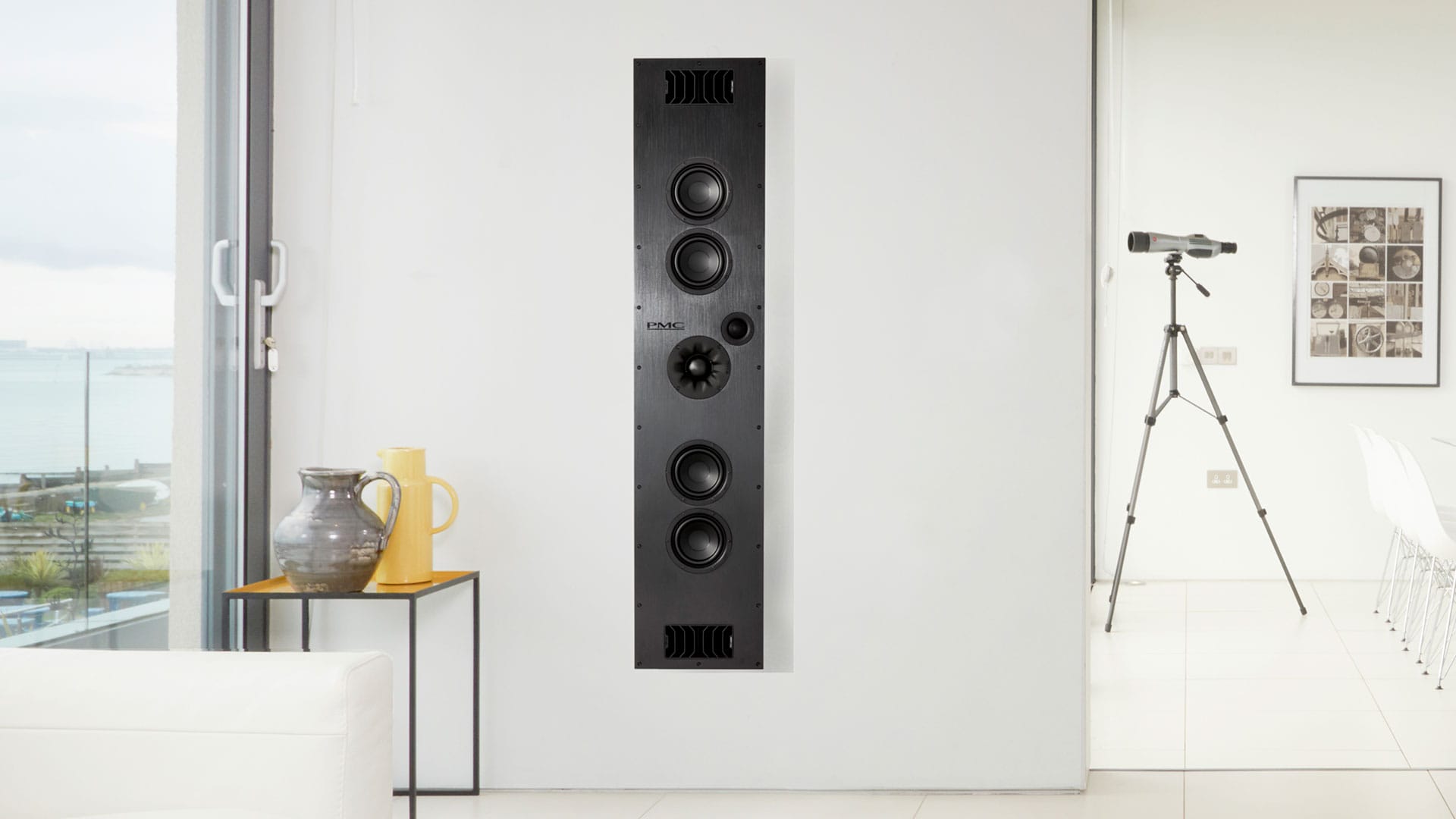
Custom installation is the new buzzword. The discreet, individually tailored integration of entertainment electronics into the living space is an absolute trend. In the USA, this has been advancing for a long time, and in recent years this wave has also been sweeping into German and worldwide living rooms. PMC, thanks to its experience with room acoustics and customized studio installations, is striving for a strong business position here—and not just since yesterday.
Of course, PMC’s trademarks and core sound technologies should be retained. This is not entirely trivial, because the requirements for in-wall and on-wall speakers are somewhat different than when speakers stand freely in the room.
Image Gallery
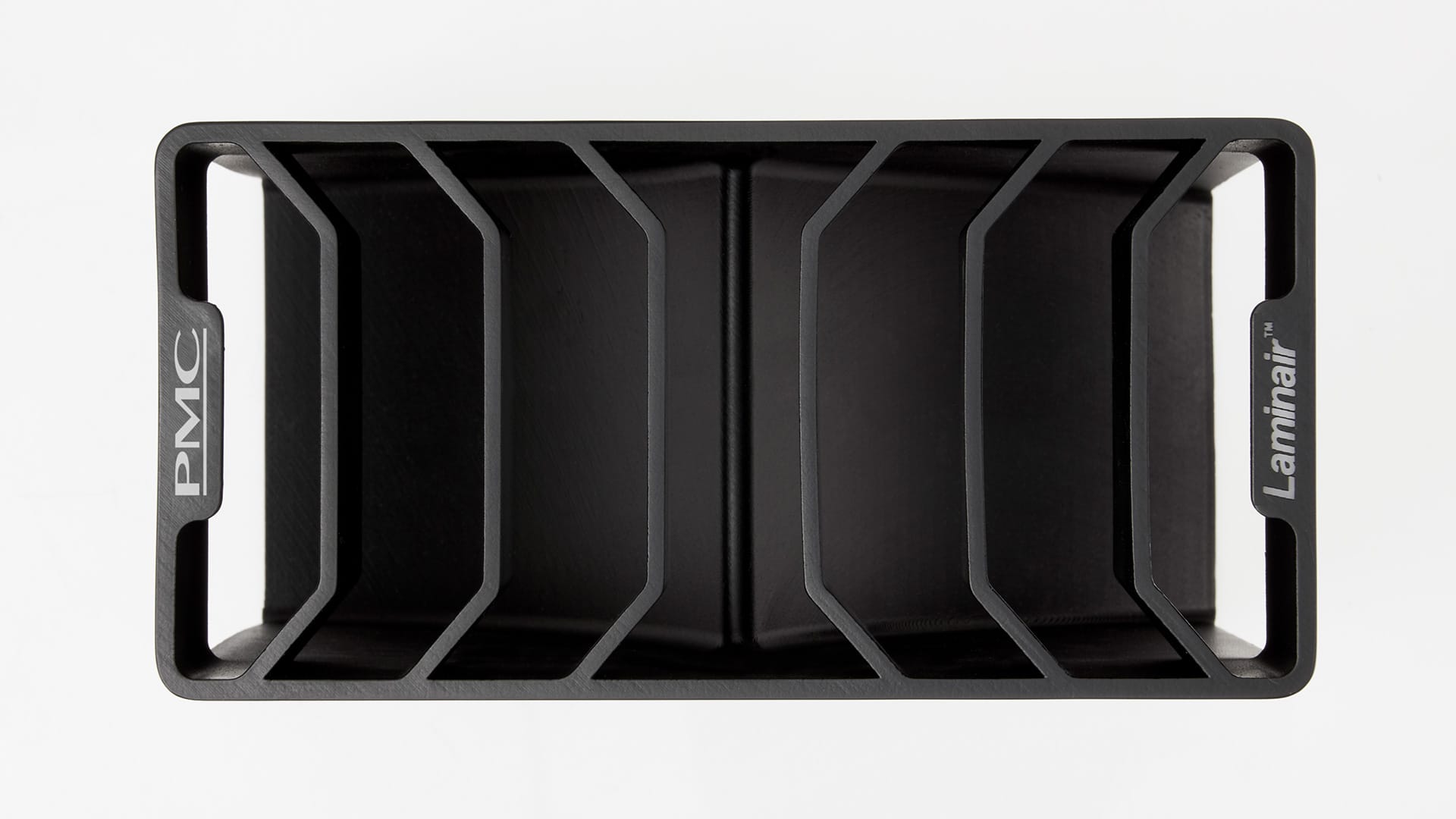
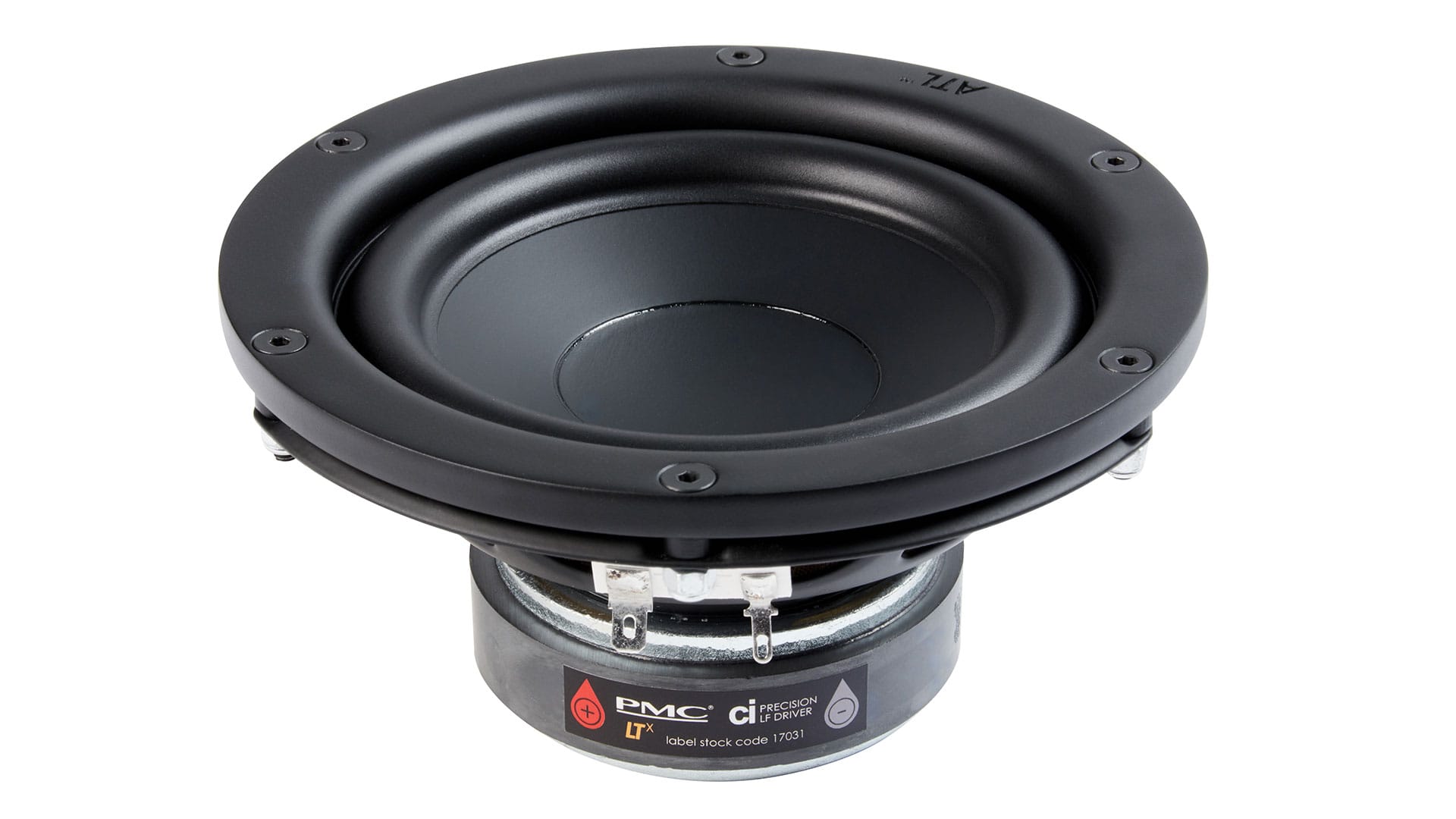
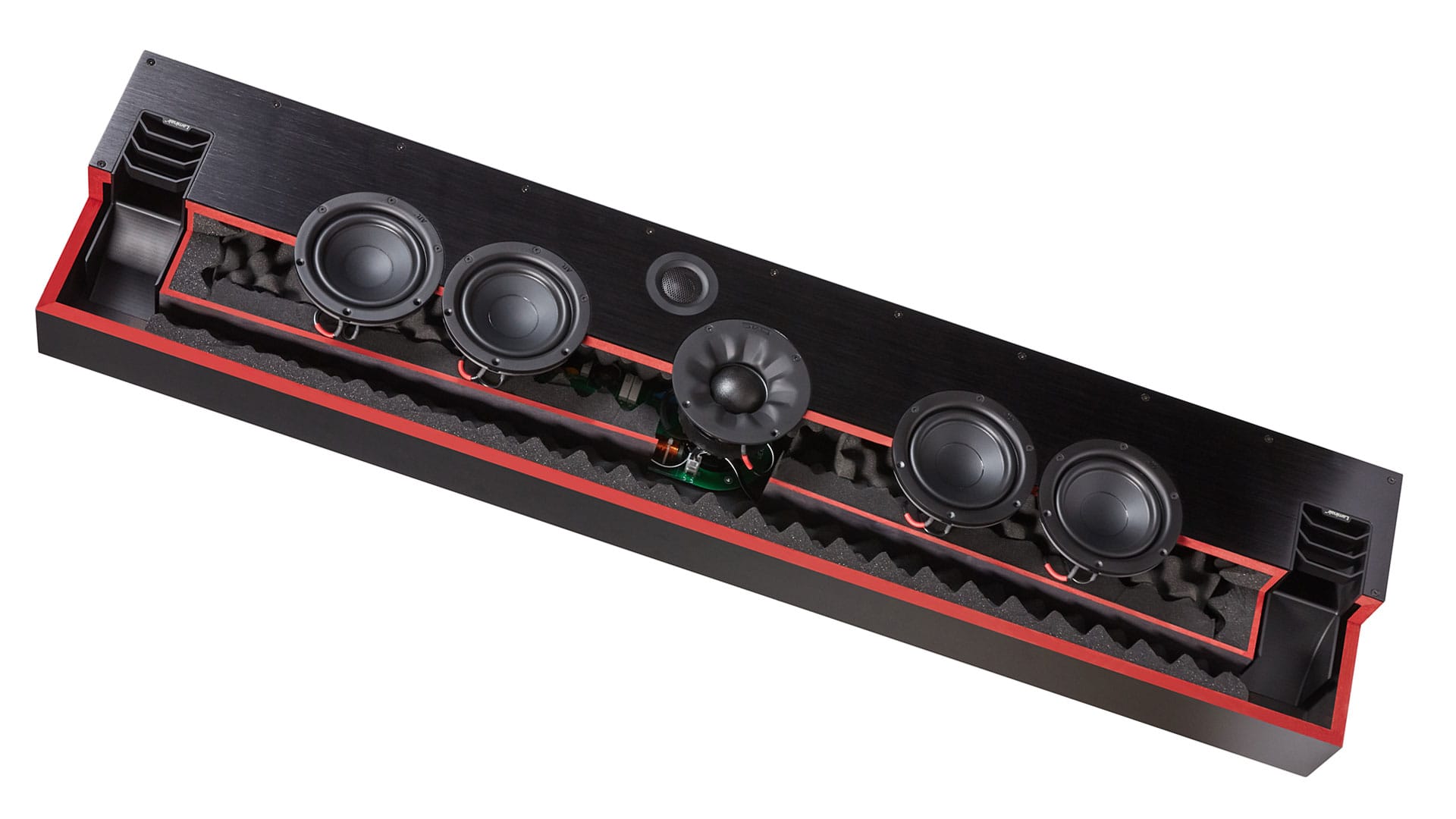
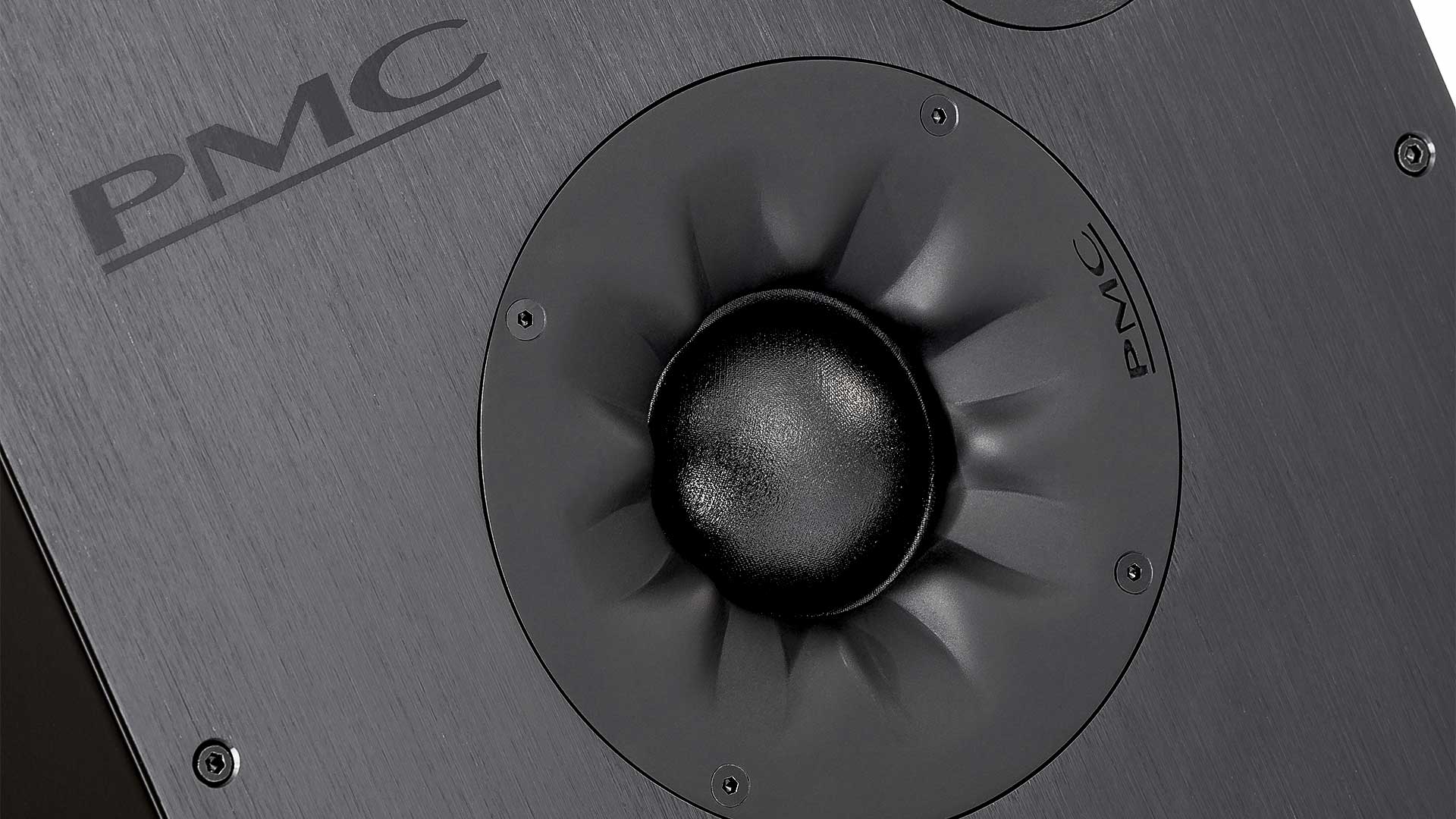
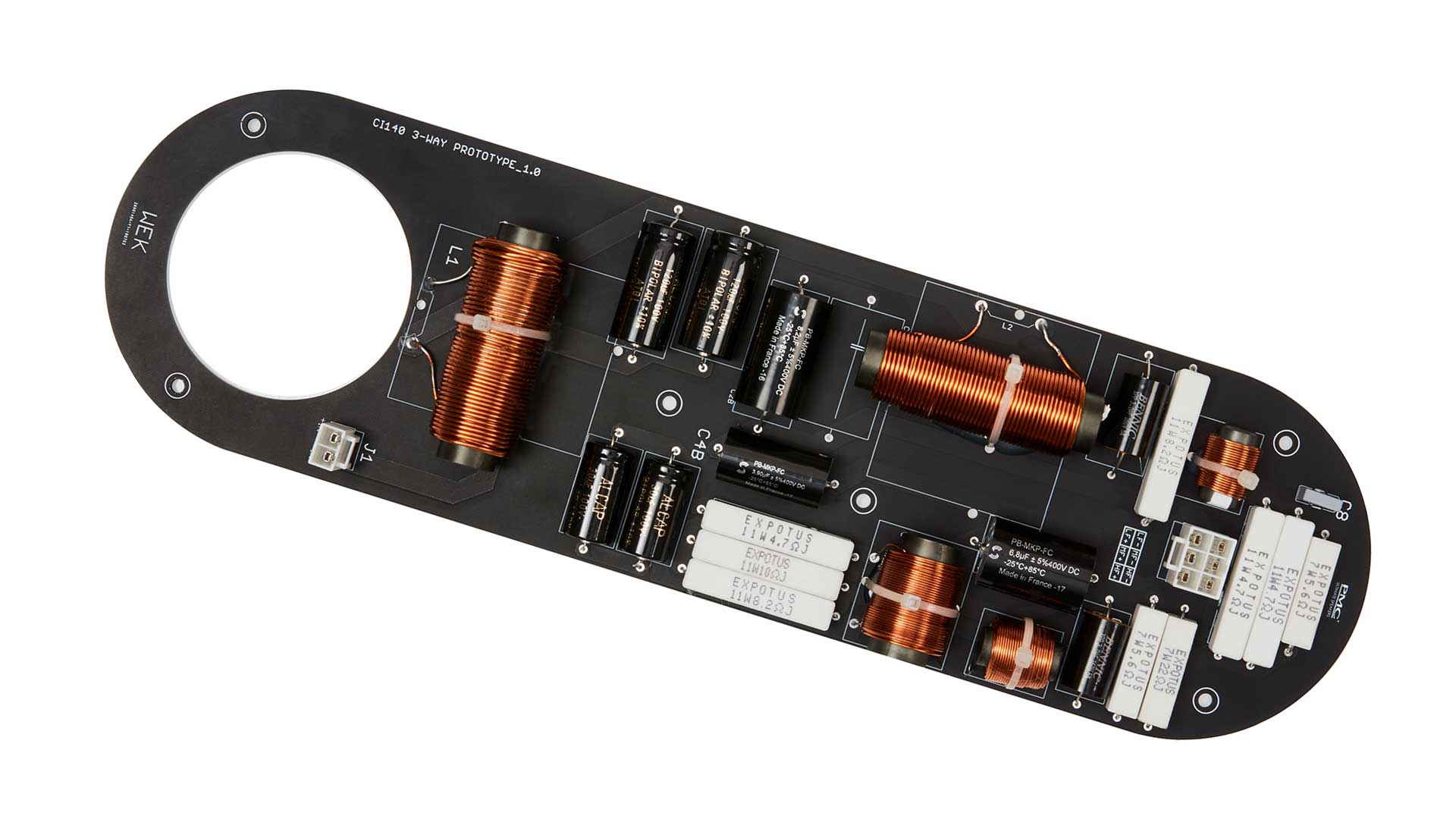
Mounting speakers on the wall saves a significant amount of space, but the necessarily flat dimensions of the speakers themselves present a challenge for the designers. Additionally, the design must account for the ‘near-wall’ reinforcement or boost of about 200 to 300 Hertz caused by the in-wall or on-wall installation. Nevertheless, as I sit here in my home theater looking at the somewhat bulky, ‘elaborately’ wall-mounted speakers—the subwoofers are at least hidden under benches—I would personally welcome constructions that are mounted directly on the wall and are specifically developed for that purpose. There is definitely a market for this.
While for the midrange and tweeters, it’s possible to use the same or related drivers as in studio and home audio speakers, the woofers are often limited by the necessarily shallower installation depth and must be modified or specially developed. In fact, all ci models use a particularly flat 133mm bass driver with a natural fiber diaphragm and without a dust cap. In the larger ci140, it is equipped with an even longer excursion—that is, a longer voice coil—since it needs to reproduce more bass and no midrange; moreover, there are four of them.
Proven Technology
Of course, the engineers from Bedfordshire didn’t want to do without PMC’s characteristic ‘Advanced Transmission Line’ with Laminair vent to achieve their typically clean, deep, and tight bass. With the ‘ci’ series, they had to be as pragmatic as they were innovative. So, they simply laid the sound channel sideways into the flat cabinet, enabling, thanks to the effectively 2.3-meter-long line, 32 Hertz (-3 dB). The soft 50mm midrange dome, which only exists in the three-way ci140 in the ci world, was given a slightly star-shaped waveguide called ‘n-compass’ by PMC, making the dispersion wider and more energetic. The high frequencies are handled by a typical, proven 27mm PMC dome tweeter with a protective grille. The narrow, elongated crossover is, as usual, of the highest quality.
Regional Differences
In-wall installations are more common in the USA due to the predominant stud/wood construction, but with the more solid Western European (concrete/masonry) building methods, on-wall applications like the PMC ci140 presented here are often more practical. This largest model isn’t adaptable like the smaller ci30 to ci65 with a clever ‘Click’ mechanism for in-wall installation or an optional frame for wall mounting, but is intended from the outset for wall mounting. Otherwise, there are mainly PA or bar sound systems like the JBL Control & Co., which are surprisingly good but not very audiophile.
A drilling template is included. Since we couldn’t and didn’t want to drill in the office building, we improvised with keyboard stands and direct wall contact, using tape for fixing. Additionally, we are not rating the ci140 on a percentage scale due to the lack of direct comparability—given its size, it would theoretically be a floor-standing speaker, but it isn’t. During measurements in a concert hall, we found that the distance to wall niches or projections, as well as to the measuring microphone, had a significant impact—this is a characteristic that the PMC shares in some way with the T+A in this issue, though for different reasons and with other manifestations.
Image Gallery 2
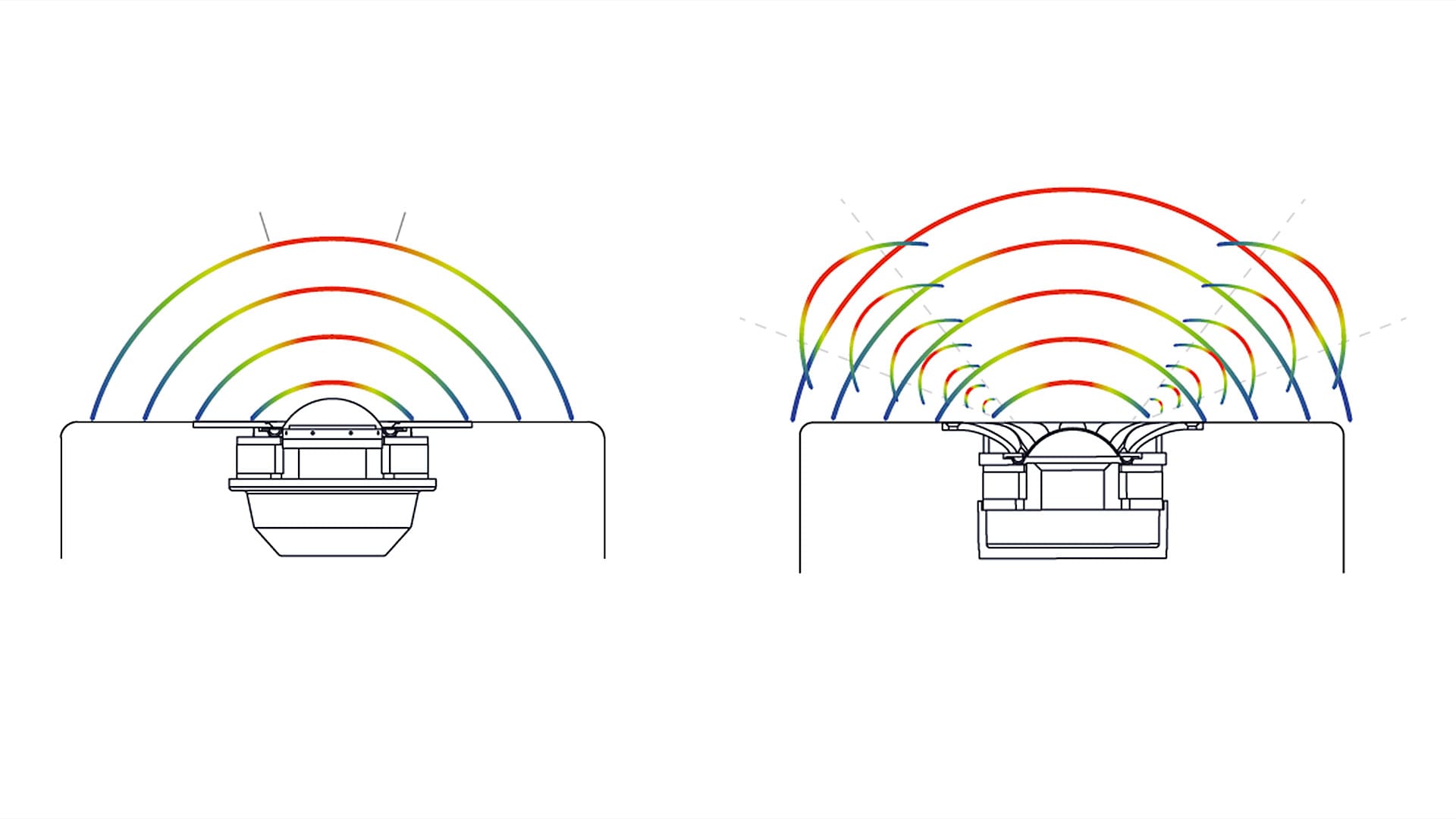
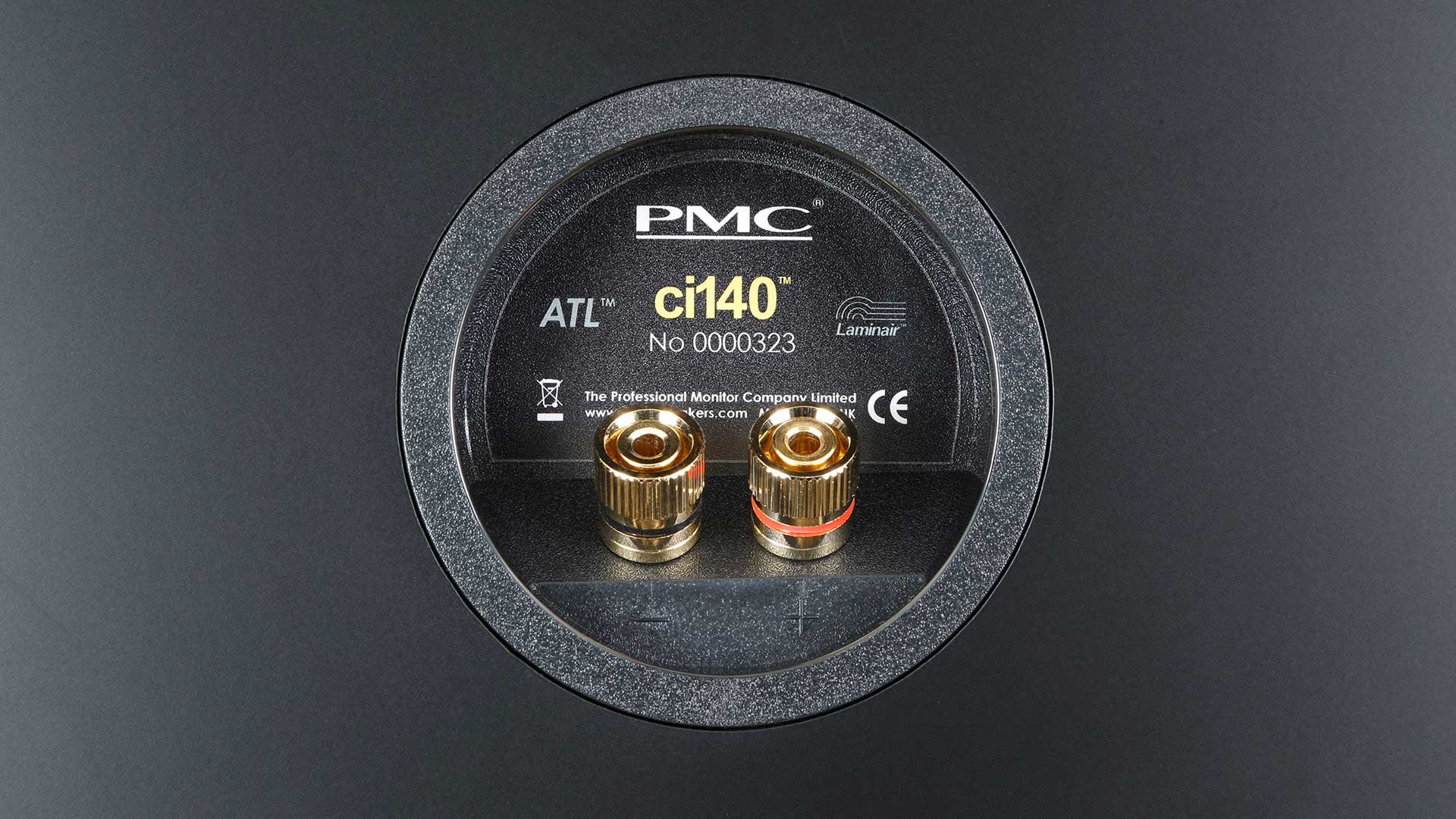
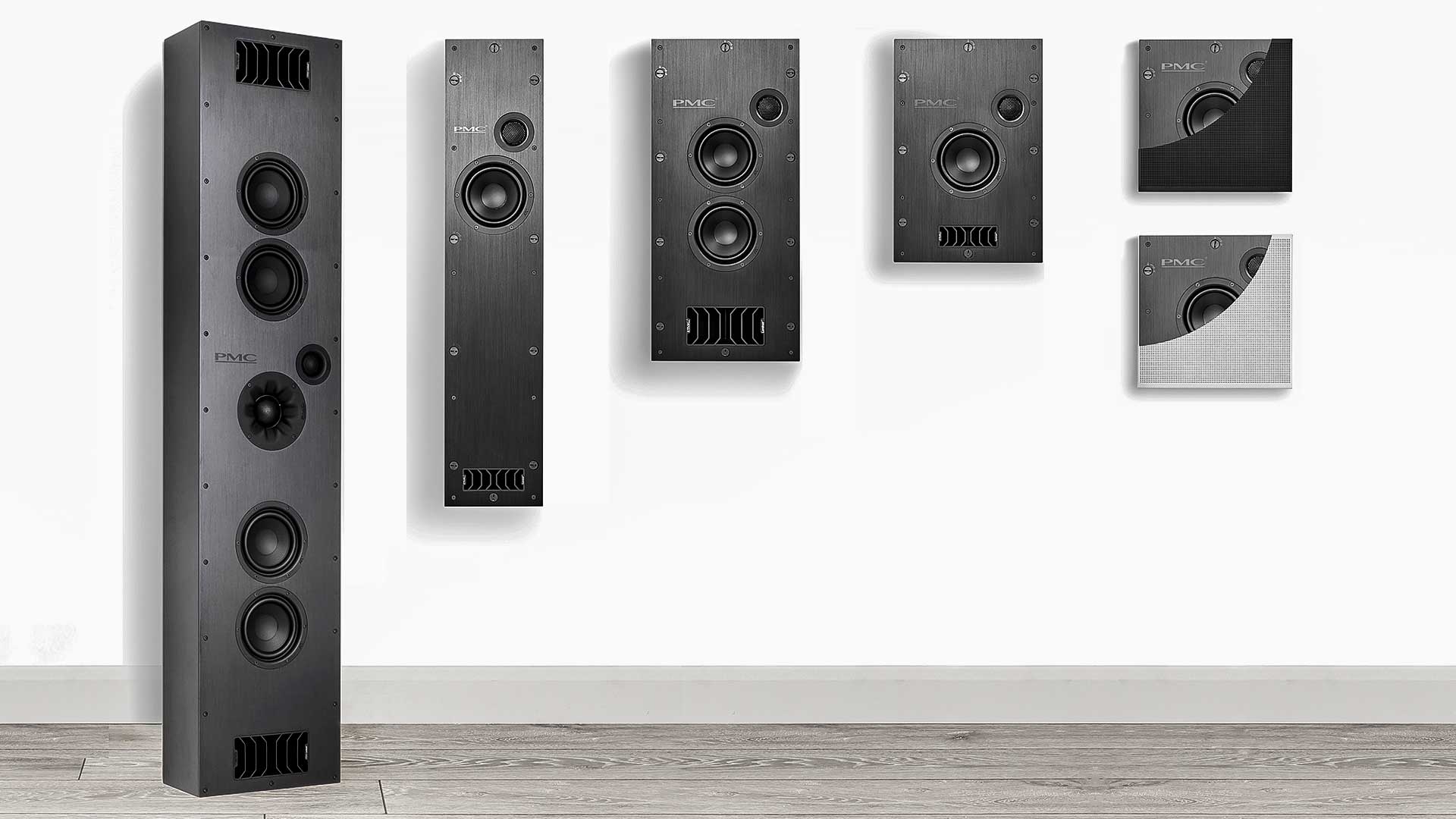
That PMC is taking this very seriously and is willing to offer the best possible sound quality is indicated by both the dimensions and the price of just under $12,760 for the pair. Of course, you can’t make ci speakers arbitrarily heavy, but at around 25 kilograms, the ci140, despite its 1.40 m height, weighs no more than a large flat-screen TV. For a solid wall, that’s no problem. It is about 30 cm wide and, at a good 15 cm, as deep as a large man’s hand is wide. As we mentioned, having a wall behind it will typically have a reinforcing effect at around 200/300 Hertz, which PMC has apparently taken into account.
Small Details
What immediately caught our eye, although perhaps it couldn’t be solved any other way, is the asymmetry of the baffle design. We don’t mean the different distance of the tweeter to both side edges, which is acoustically advantageous—keywords: baffle step, diffraction, and resonance. It’s actually acoustically better if the tweeter doesn’t sit exactly in the middle with equal distance to the ‘break edges’ of the baffle, but the non-mirror-symmetrical design of the speaker pair.
With ‘conventional’ high-end speakers, efforts are always made to build the right and left speakers as mirror images to make the dispersion as uniform as possible and even to slightly adjust the stereo width (tweeter arranged inside or outside). With the professionally-oriented ci140, there’s only a single version for right, left (or center), meaning that from the listener’s perspective, all have the tweeter on the right.
This unquestionably increases the number of units to a maximum and thus lowers the unit costs, especially since even the ci140sub subwoofer, omitting the midrange and tweeter drivers, sits in the visible recesses in the identical housing. This may be pragmatic and even almost perfectly controllable via the crossover and dispersion behavior, but it’s not entirely optimal.
Nevertheless, it’s ultimately a minor detail, and it’s immediately understandable when you see, for example, five or more ci140s built side by side in studios. How many individual versions should they have built? If you think about using them as a center speaker, even two wouldn’t have been enough. An image with horizontal orientation of all, especially the smaller ci models in the PMC materials, provides more clarity, because as soon as you rotate and install the baffles by 90 degrees, only one orientation with the tweeter on top makes sense anyway. Still, one question remains: Why are the connection sockets on the back of a wall speaker?
High End for the Wall
Nevertheless, the sound result is absolutely superb, as you would expect from PMC. Perhaps high-end enthusiasts are picky rather than pragmatic. Because, in terms of sound, the ci140 can actually keep up with similarly equipped floor-standing speakers from the company, even if they’re hardly comparable. Naturally, they don’t reproduce as deep as free-standing speakers. It would be unfair to expect that because the wall limits that. But that’s the only “disadvantage.”
You don’t have to make any tonal or dynamic compromises; the solid wall as an additional rear panel gives the sound image rigid stability in addition to saving space. The wall-mounted PMC sounds like a familiar PMC with immense naturalness and joy of playing, energetic and lively without tiring. And that’s damn good. Very good, even.
What did we listen to? “The Wall” (Pink Floyd) and “Thick As A Brick” (Jethro Tull), of course—both rock classics with plenty of power under the hood—but also Cara Dillon, whose voice sounded finely resolved and focused over the ci140, as well as Joe Jackson’s cheerful “Steppin’ Out”, which the PMC knew how to intone with casual smoothness. We’re impressed.
If, as a demanding music lover or as a complement to a screen or projection in a home theater—live concerts are not to be overlooked—you are looking for absolutely high-end speakers for the wall, you may have definitely found them here.
PMC ci140 Specs
- Price: Approximately €11,600 (per pair, including white fabric grills)
- Dimensions: 30 x 140 x 15.5 cm (W x H x D)
- Weight: 20 kg
- Warranty: 20 years
- Website: www.pmc-speakers.com
- Product Description: “On-wall speakers and the flagship model of the entire ci-series, bringing the well-known qualities of playful, musically vital PMC hi-fi monitors with their cutting-edge technology to wall-mounted applications. Not rated for comparison due to the lack of direct competitors.”
Technical and Performance Details
- DC Resistance: 4 Ohm
- Minimum Impedance: 2.84 Ohm at 122 Hz
- Maximum Impedance: 10.23 Ohm at 3775 Hz
- Sensitivity (2.83 V/m): 89 dBSPL
- Power Handling for 94 dBSPL: 3.94 W
- Lower Frequency Limit (-3dBSPL): 39 Hz
- Total Harmonic Distortion at 63/3k/10k Hz: 0.28%/0.4%/0.1%
Lab Comment
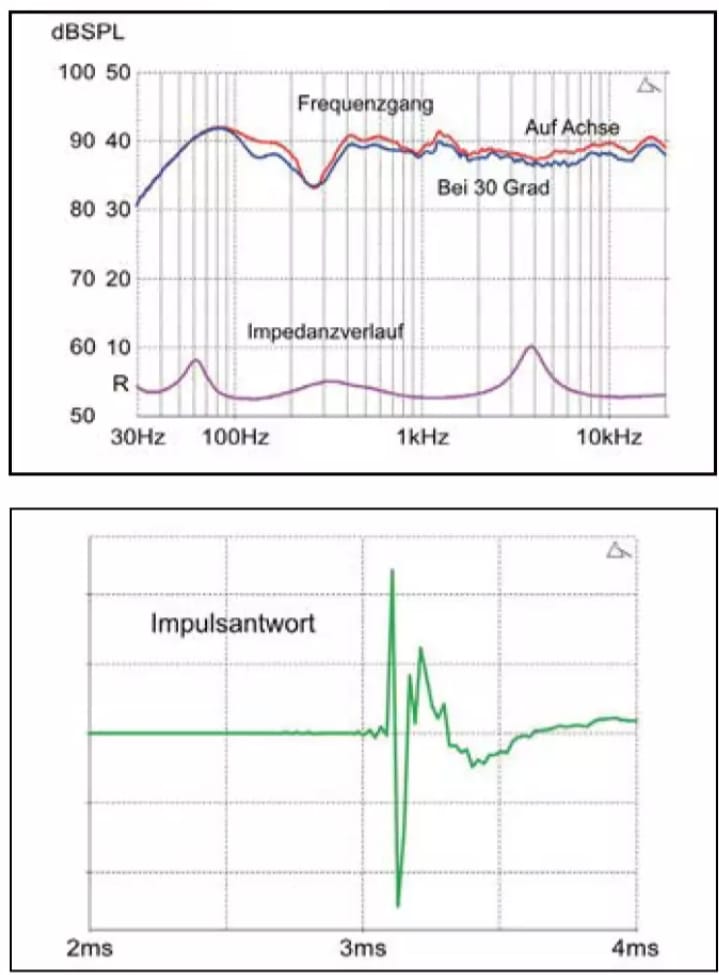
“Except for a narrow dip at 250 Hz (which is compensated by wall placement), the frequency response is balanced, with impedance just below 3 Ohms, good transient response with slight resonances, and extremely low distortions.”
Equipment Features
- Design: Three-way construction, “Advanced” Transmission Line with “Laminair” venting
- Test Result – Price/Performance: Excellent
PMC ci140 on-wall speaker | Unboxing | Anteprima Audio Quality
I PMC ci140 rappresentano il massimo nel design dei diffusori home theater da incasso. Con un dispiegamento di quattro woofer ...



